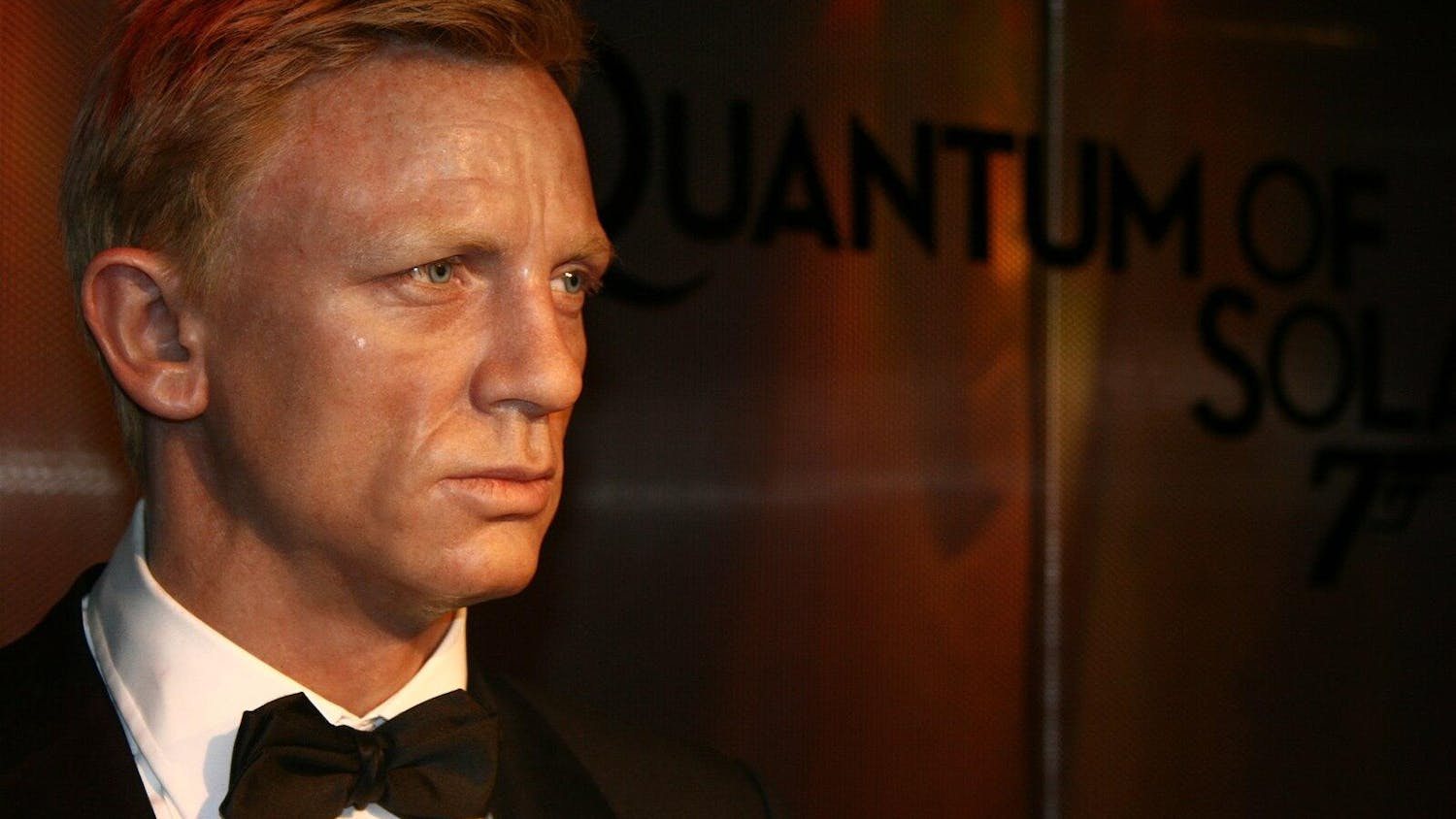With its release of “Big Hero 6,” an adaptation of the little-known Marvel comic by the same name, Disney has officially jumped on the superhero bandwagon. Though one might think people have had their fill of origin stories and are just about sick of watching troupes of fighting heroes in wacky suits, “Big Hero 6” is doing surprisingly well -- even passing box office giants like “Interstellar” (2014). Perhaps that’s because “Big Hero 6,” with its charming, action-packed story and beautiful animation, is more akin to “The Iron Giant” (1999) than to “The Avengers” (2012) at heart.
Hiro Hamada (Ryan Potter), a 14-year old robot-building prodigy, is the hero of the film, which hit theaters onNov. 7. After seeing the cool technology that his brother, Tadashi (Daniel Henney), and his friends are working on at San Fransokyo University,Hiro is inspired to enter a science competition that could land him a spot in the program. Hiro’s “microbot” invention blows the competition away, but tragedy soon strikes when a fire engulfs the university hall, trapping both Tadashi and ProfessorCallaghan (James Cromwell), Hiro’s would-be mentor on the program. While mourning the loss of his brother, Hiro accidentally activates Baymax (Scott Adsit), a robot health care assistant prototype which had been Tadashi’s final project before the accident. But more trouble is afoot -- a mysterious man in a kabuki mask is threatening the city using Hiro’s stolen microbots. With help from Baymax, Hiro and his friends turn themselves into a team of superheroes, using their science to try to stop the villain.
It’s true -- “Big Hero 6” abounds with the usual superhero story tropes. There’s a greedy corporate businessman trying to steal the latest technology. There is an orphaned boy who starts small but eventually finds his strength. There’s even a moment of doubt before Hiro’s university friends, a gang of charismatic nerds with names like Wasabi and Honey Lemon, agree to becoming superheroes when they say, “But we’re just us.” Luckily, the film is too smart and too genuine to be cliche. Clever spins on some of the most common tropes, including a short montage to the tune of “Eye of the Tiger” (1982) do much to keep the film fresh and funny.
And funny it is. Like all the best Disney films, “Big Hero 6” is laugh-out-loud hilarious not only for children but also for older audience members. Many of its best jokes, in fact, seem specifically designed for college-age Pixar fans. In one scene, for example, Hiro must carry Baymax home was his low battery causes him to malfunction into “drunkenness.” Hiro’s fellow superhero, Fred (T.J. Miller), a surfer-hipster-grunge fanboy, is also a great source of humor, as is Adsit in the voice of Baymax in his own deadpan, robotic way.
The film is most engaging, however, not as a comedy but as a coming-of-age story. Ryan Potter’s charming voice acting adds a lot of emotional depth to the character of Hiro as he transitions from a bored punk, to a mourning teenager, to a self-reliant superhero in his own right. The relationship between Baymax and Hiro, as Baymax becomes a surrogate brother of sorts in place of Tadashi, grows to be so touching that it’s necessary to constantly remind oneself that Baymax is a robot. It’s this emotional profundity that gives the film its strength.
The film’s other strength is its beauty. The character designs are expressive and appealing -- especially Baymax’s, though he looks a lot like an oversized marshmallow -- and the setting is beautifully detailed. Until this moment, direct allusions to Japanese influence have been rare in mainstream feature-length American animated films, though there is no doubt that animators have been looking across the Pacific for quite some time. Chief Creative Officer at Pixar, Walt Disney Animation Studio, John Lasseter, who oversaw production on “Big Hero 6,”has often said his work on “Toy Story” (1995) was inspired mainly by the work of renowned Ghibli Studios animator Hayao Miyazaki. “Big Hero 6,” on the other hand, overtly delights in its fusion of Japanese and American elements. The film’s setting -- the city of San Fransokyo -- is itself a beautifully rendered hybrid of San Fransisco and Tokyo that is at once totally alien and totally recognizable as both cities.Shinto gate architecture adorns the famous Golden Gate Bridge, while trolleys lined with Japanese lanterns run up and down the hillside cherry-blossomed streets. Other allusions, such as the “bot battles” at the beginning of the film, pull directly from mecha anime and add context to the robot story narrative.
Besides being a lovely kid’s adventure, the film is a full-hearted embrace of the modern age. Anyone who has ever wondered what an animated selfie would look like need only watch this film to find out. “Big Hero 6” also fits nicely in an age where innovation in science and technology have become central to education. Granted, much of the technology and science in the film is really still science fiction; Hiro’s microbot invention, if such thing existed, would be more worthy of a Nobel Prize than merely a space in a college robot lab. Baymax, too, is a little too sentient to be believable as a modern robot. But, then again, the beauty of animation is that allows it the fantastical to come to life.
“Big Hero 6” isn’t perfect. It has a lot of cheesy moments and there are times when its fast-paced nature is just a little too fast. That said, it is bound to entertain anyone who happens to walk into the theater. This film is a must-see for anyone, whether he or she is sick of superheroes or not.
'Big Hero 6' succeeds at box office

Baymax is charming -- perhaps too charming to be a robot -- but a wonderful friend to Hiro.
Summary
Like all the best Disney films, “Big Hero 6” is laugh-out-loud hilarious not only for children but also for older audience members.
4 Stars





